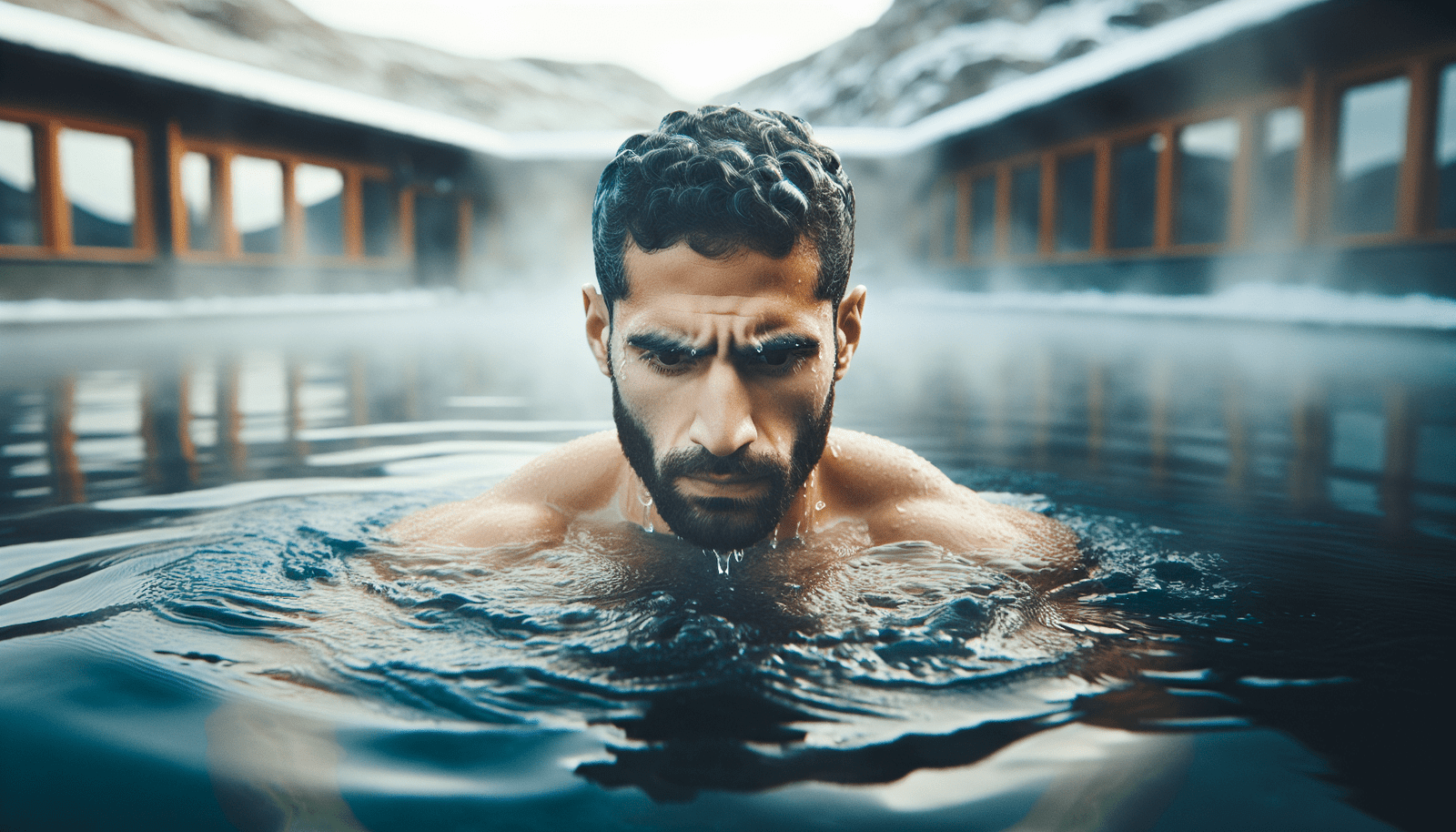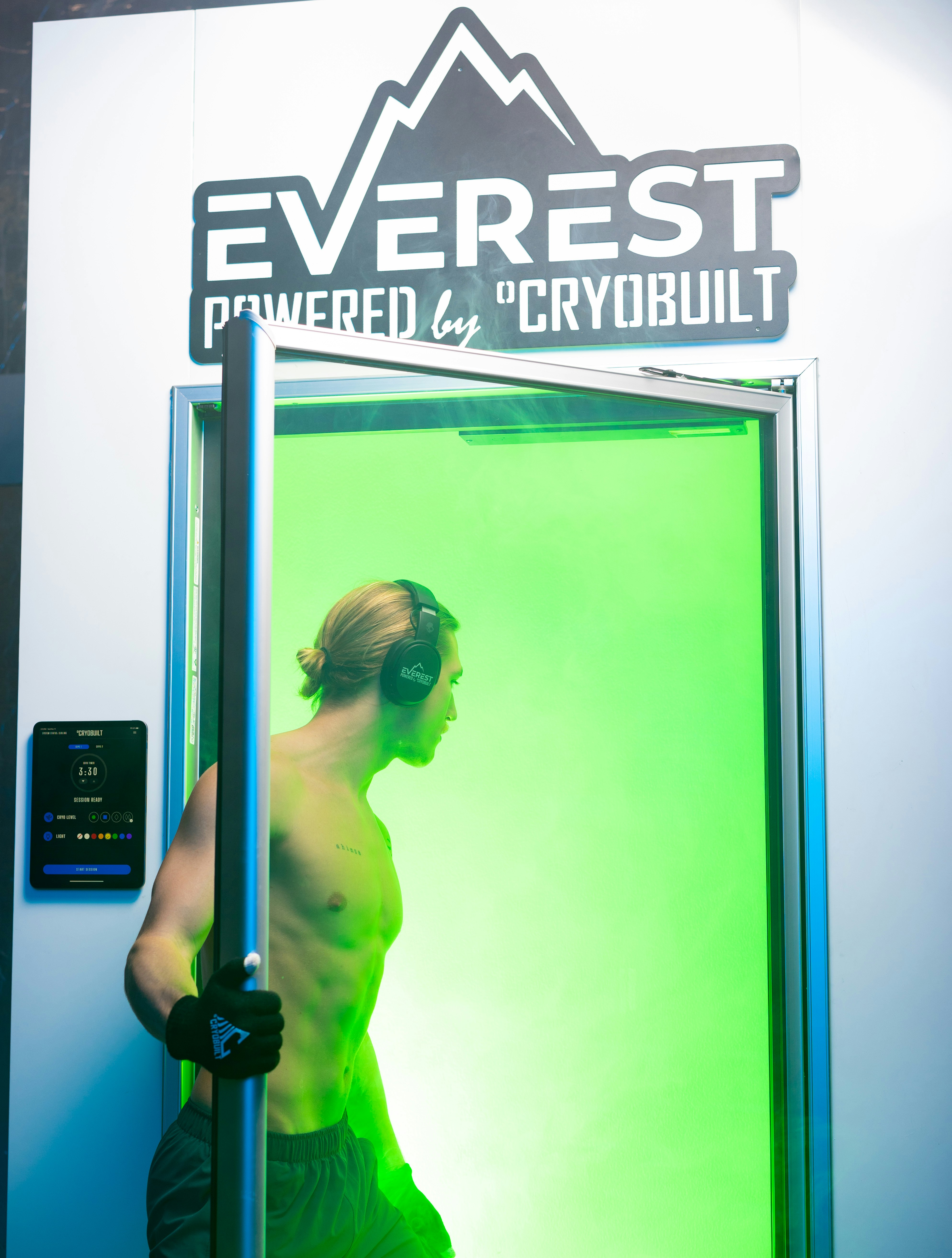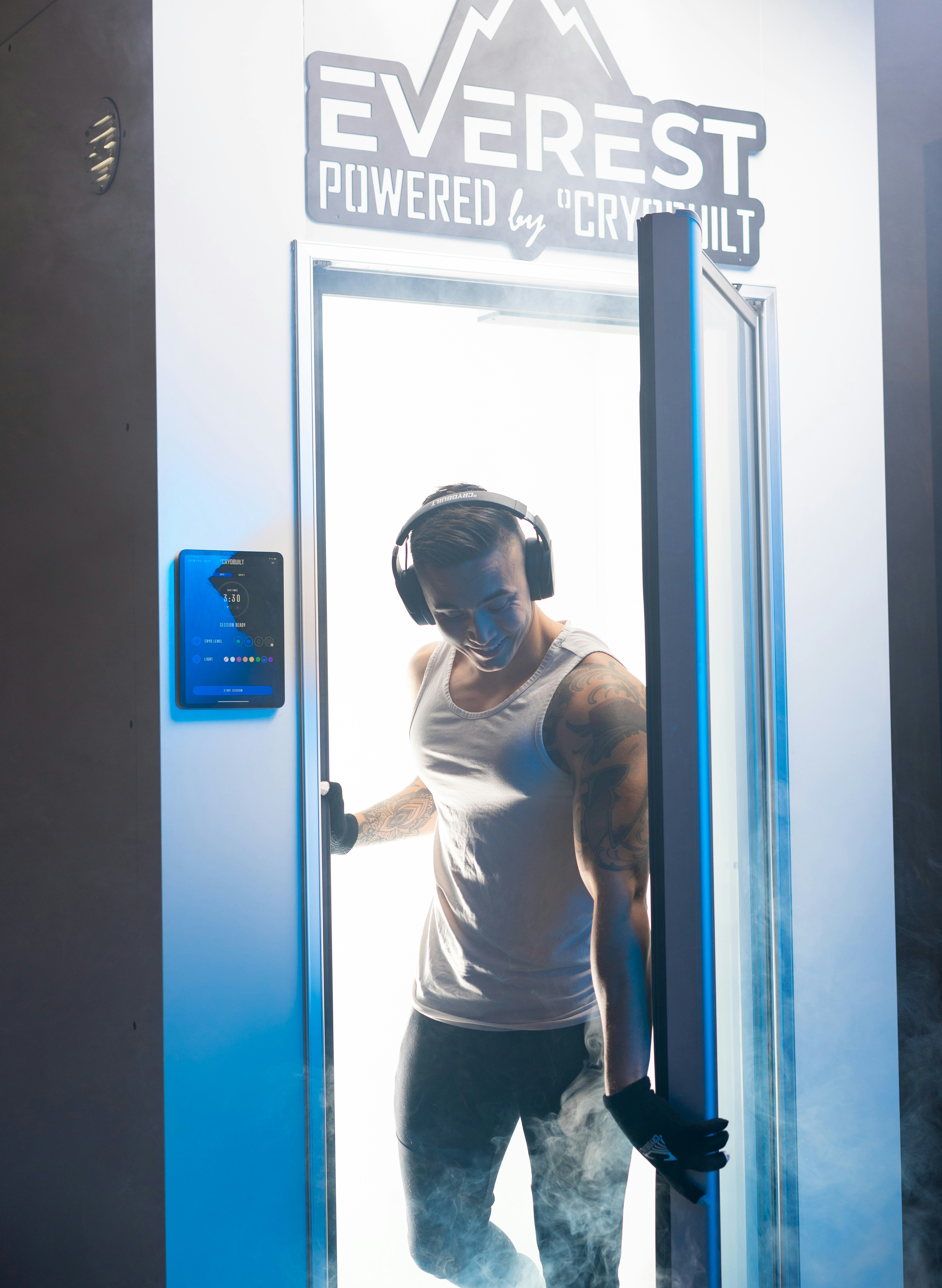If you’re looking to take your athletic performance to the next level, incorporating cold plunges into your routine may be the key. Not only can cold plunges help improve endurance and performance, but they can also speed up recovery time and reduce inflammation. By exposing your body to cold temperatures, you can stimulate circulation, increase oxygen flow, and boost energy levels. So, if you’re ready to push your limits and achieve new fitness goals, consider adding cold plunges to your arsenal.
Maximizing Endurance And Performance With Cold Plunges
Have you ever wondered how athletes and fitness enthusiasts push themselves to the limits and achieve their peak performance levels? One of the secrets to maximizing endurance and performance lies in the power of cold plunges. Whether you are an elite athlete or someone who enjoys working out regularly, incorporating cold plunges into your routine can take your training to the next level. In this article, we will explore the benefits of cold plunges, how they can improve endurance and performance, and the best practices for incorporating them into your fitness regimen.
What Are Cold Plunges?
Cold plunges, also known as cold water immersion or cold therapy, involve submerging your body in cold water for a certain period of time. This can be done in natural bodies of water, such as lakes or rivers, or in specially designed cold plunge pools that allow for controlled temperature settings. The water temperature in a cold plunge typically ranges from 50 to 59 degrees Fahrenheit (10 to 15 degrees Celsius).
Cold plunges have been used for centuries in various cultures as a form of therapy for physical and mental well-being. In recent years, cold plunges have gained popularity among athletes and fitness enthusiasts for their ability to improve recovery, reduce inflammation, and enhance performance.
The Benefits of Cold Plunges
Cold plunges offer a wide range of benefits for both the body and mind. Here are some of the key advantages of incorporating cold plunges into your routine:
-
Improved Recovery: Cold plunges help to reduce muscle soreness and accelerate the recovery process after intense workouts. The cold water constricts blood vessels, flushing out metabolic waste products and reducing inflammation in the muscles.
-
Enhanced Circulation: Submerging your body in cold water triggers the “cold shock response” in which blood is redirected to vital organs to keep them warm. This process improves circulation and oxygen delivery to the muscles, leading to better overall performance.
-
Increased Mental Toughness: Enduring the discomfort of cold water immersion builds mental resilience and discipline, which can translate to better focus and determination during training and competition.
-
Boosted Immunity: Cold plunges have been shown to strengthen the immune system by increasing white blood cell count and activating immune responses that help the body fight off infections and illnesses.
How Cold Plunges Improve Endurance
Endurance is the ability to sustain prolonged physical activity for an extended period of time. Cold plunges can significantly enhance endurance by improving various physiological mechanisms that contribute to better performance. Here’s how cold plunges can help you build endurance:
-
Enhanced Mitochondrial Biogenesis: Mitochondria are the powerhouse of the cells responsible for producing energy. Cold water immersion has been shown to stimulate the production of new mitochondria in the muscles, leading to increased energy production and endurance capacity.
-
Improved Oxygen Utilization: Cold plunges promote vasoconstriction, which causes blood vessels to narrow and increases blood flow velocity. This enhances the efficiency of oxygen delivery to the muscles, allowing you to sustain exercise for longer periods without fatigue.
-
Reduced Lactic Acid Build-up: Lactic acid is a byproduct of anaerobic metabolism that can lead to muscle fatigue and soreness. Cold plunges help to clear lactic acid from the muscles, allowing you to push through tough workouts and recover faster.
-
Increased Heat Tolerance: Cold water immersion can improve heat tolerance by enhancing the body’s ability to regulate core temperature. This can be especially beneficial for athletes who compete in hot and humid environments.
Incorporating Cold Plunges Into Your Fitness Routine
Now that you understand the benefits of cold plunges for endurance and performance, let’s discuss how you can incorporate them into your fitness routine effectively. Here are some tips to help you maximize the benefits of cold plunges:
-
Start Slowly: If you are new to cold water immersion, start with shorter durations and gradually increase the time as your body acclimates to the cold. Begin with 1-2 minutes and work your way up to 5-10 minutes per session.
-
Timing Is Key: Post-workout cold plunges are most effective for recovery and performance enhancement. Aim to take a cold plunge within 30 minutes to 1 hour after intense exercise to reap the maximum benefits.
-
Stay Consistent: To experience long-term benefits, consistency is key. Incorporate cold plunges into your routine at least 2-3 times per week to see improvements in endurance, recovery, and overall performance.
-
Listen to Your Body: Pay attention to how your body responds to cold water immersion. If you experience any adverse reactions such as prolonged shivering, numbness, or dizziness, stop immediately and consult with a healthcare professional.
The Best Practices for Cold Plunges
To make the most of your cold plunge sessions, it’s essential to follow some best practices to ensure safety and effectiveness. Here are some guidelines to consider when incorporating cold plunges into your fitness routine:
-
Controlled Temperature: Ensure that the water temperature of your cold plunge is between 50 to 59 degrees Fahrenheit (10 to 15 degrees Celsius) for optimal benefits. Avoid extremely cold temperatures that can be harmful to your health.
-
Proper Hydration: Drink plenty of water before and after your cold plunge sessions to stay hydrated and support your body’s recovery process. Dehydration can exacerbate the effects of cold water immersion, so it’s crucial to maintain proper hydration levels.
-
Gradual Progression: As you become more accustomed to cold water immersion, you can gradually increase the duration and frequency of your sessions. However, be mindful of overdoing it and listen to your body’s signals.
-
Warm-up Before Plunging: It’s beneficial to warm up your body before entering a cold plunge to prepare your muscles and prevent shock. Perform light stretching or gentle exercises to increase blood flow and flexibility.
Conclusion
Incorporating cold plunges into your fitness routine can be a game-changer for enhancing endurance and performance. By leveraging the benefits of cold water immersion, you can boost recovery, improve circulation, and build mental toughness to take your training to the next level. Remember to start slowly, stay consistent, and listen to your body’s feedback to maximize the benefits of cold plunges. Whether you are an athlete, fitness enthusiast, or someone looking to challenge yourself, cold plunges can help you unlock your full potential and achieve your fitness goals. So why not take the plunge and experience the transformative power of cold water immersion for yourself? Your body and mind will thank you for it.




